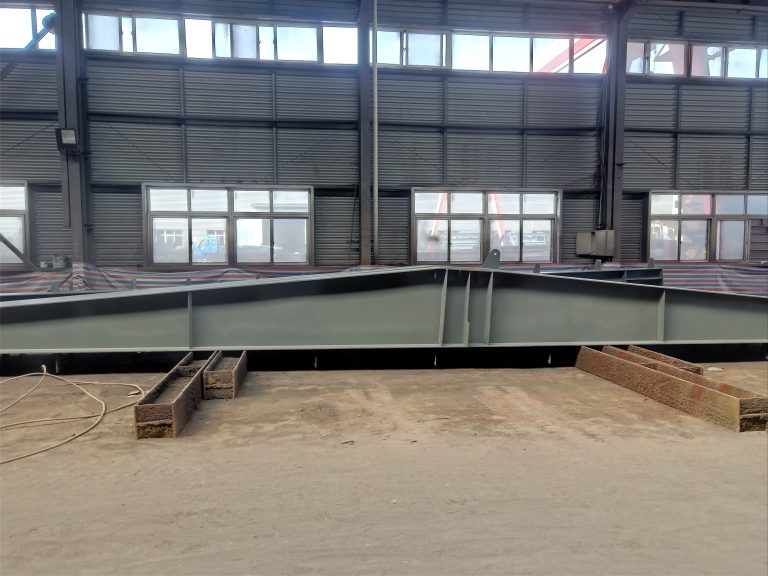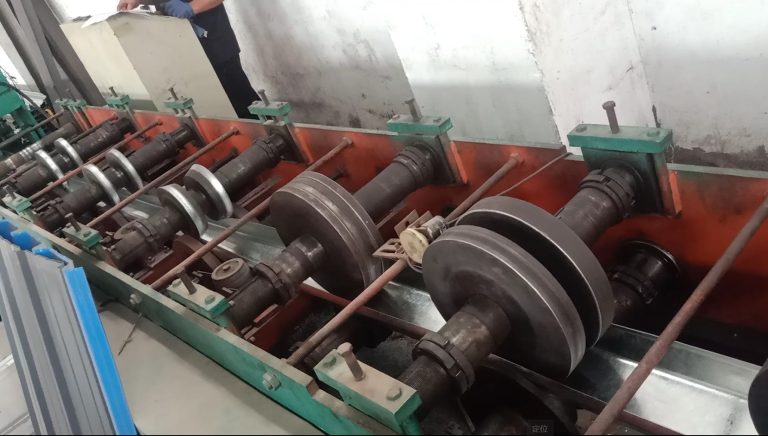Table of Contents
Benefits of Using Cultural Relics Display Technology in Temporary Museums
Cultural relics are invaluable pieces of history that provide insight into the past and help us understand our cultural heritage. In order to preserve and showcase these relics, temporary museums have become a popular solution. These museums are often set up in temporary locations, such as container houses, to display cultural artifacts to the public.
One of the key benefits of using cultural relics display technology in temporary museums is the ability to showcase artifacts in a way that is both engaging and informative. By utilizing advanced display technology, such as interactive touchscreens and virtual reality, visitors can have a more immersive experience when viewing cultural relics. This not only enhances the visitor’s understanding of the artifacts but also helps to create a more memorable and impactful experience.
In addition to enhancing the visitor experience, cultural relics display technology also plays a crucial role in the conservation of artifacts. By using advanced conservation techniques, such as temperature and humidity control systems, museums can ensure that artifacts are preserved in optimal conditions. This helps to prevent deterioration and damage to the artifacts, ensuring that they can be enjoyed by future generations.
Furthermore, cultural relics display technology also allows museums to showcase artifacts that may not be able to be displayed in traditional museum settings. For example, fragile artifacts that are sensitive to light or temperature changes can be safely displayed using advanced conservation technology. This allows museums to showcase a wider range of artifacts and provide visitors with a more comprehensive understanding of our cultural heritage.
Another benefit of using cultural relics display technology in temporary museums is the ability to reach a wider audience. By utilizing digital platforms, such as online exhibitions and virtual tours, museums can reach a global audience and engage with visitors from around the world. This helps to promote cultural exchange and understanding, as well as increase awareness of the importance of preserving our cultural heritage.
Overall, the use of cultural relics display technology in temporary museums offers a range of benefits, from enhancing the visitor experience to preserving and showcasing valuable artifacts. By utilizing advanced conservation techniques and digital platforms, museums can create engaging and informative exhibitions that help to promote cultural exchange and understanding. As we continue to explore new ways to showcase and preserve our cultural heritage, cultural relics display technology will play an increasingly important role in the future of museum exhibitions.
Innovations in Conservation Technology for Container Houses in Temporary Museum Settings
Cultural relics are invaluable pieces of history that provide insight into the past and help us understand our cultural heritage. In order to preserve and display these relics, museums play a crucial role in showcasing them to the public. However, traditional museum buildings may not always be available or suitable for displaying cultural relics, especially in temporary or remote locations. This is where container houses come into play as innovative solutions for temporary museum settings.
Container houses, also known as shipping container homes, have gained popularity in recent years for their versatility and sustainability. These structures are repurposed shipping containers that are transformed into habitable spaces, making them ideal for temporary museum settings. With the right conservation technology, container houses can effectively display and preserve cultural relics while providing a unique and engaging experience for visitors.
One of the key challenges in displaying cultural relics in container houses is ensuring proper conservation and protection of the artifacts. Temperature and humidity control are critical factors in preserving delicate artifacts, as fluctuations in these conditions can lead to deterioration and damage. To address this challenge, advanced conservation technology such as climate control systems and humidity monitors can be installed in container houses to maintain optimal conditions for the relics.
In addition to climate control, lighting is another important aspect of displaying cultural relics in container houses. Proper lighting can enhance the visibility of artifacts and create a visually appealing display for visitors. LED lighting systems are commonly used in museum settings for their energy efficiency and ability to provide focused and adjustable lighting. By incorporating LED lighting in container houses, curators can effectively showcase cultural relics while minimizing the risk of damage from excessive heat or UV radiation.
Furthermore, security is a major concern when displaying valuable cultural relics in temporary museum settings. Container houses can be equipped with state-of-the-art security systems, including surveillance cameras, motion sensors, and alarm systems, to ensure the safety and protection of the artifacts. These security measures not only deter potential theft or vandalism but also provide peace of mind for museum staff and visitors.
Another innovative conservation technology for container houses is the use of digital displays and interactive exhibits. Digital screens can be integrated into the exhibit design to provide additional information about the artifacts, such as historical background, provenance, and conservation techniques. Interactive exhibits, such as touchscreens or virtual reality simulations, can engage visitors and enhance their learning experience while preserving the physical integrity of the artifacts.
In conclusion, container houses offer a unique and sustainable solution for displaying cultural relics in temporary museum settings. By incorporating advanced conservation technology such as climate control systems, LED lighting, security systems, and digital displays, curators can effectively showcase and preserve valuable artifacts while providing an engaging experience for visitors. With the right combination of innovation and conservation, container houses can serve as versatile and dynamic spaces for cultural heritage preservation and exhibition.








